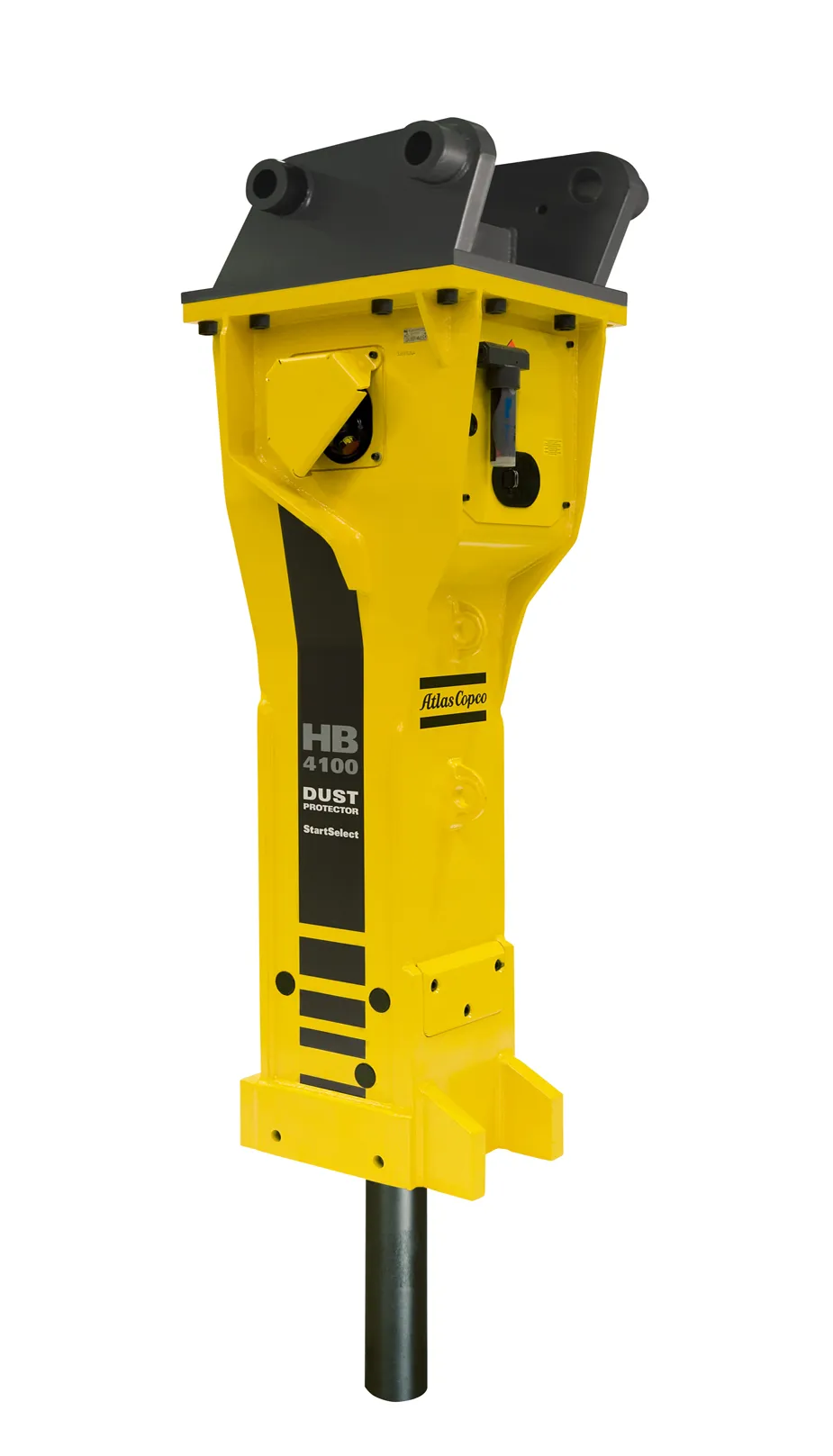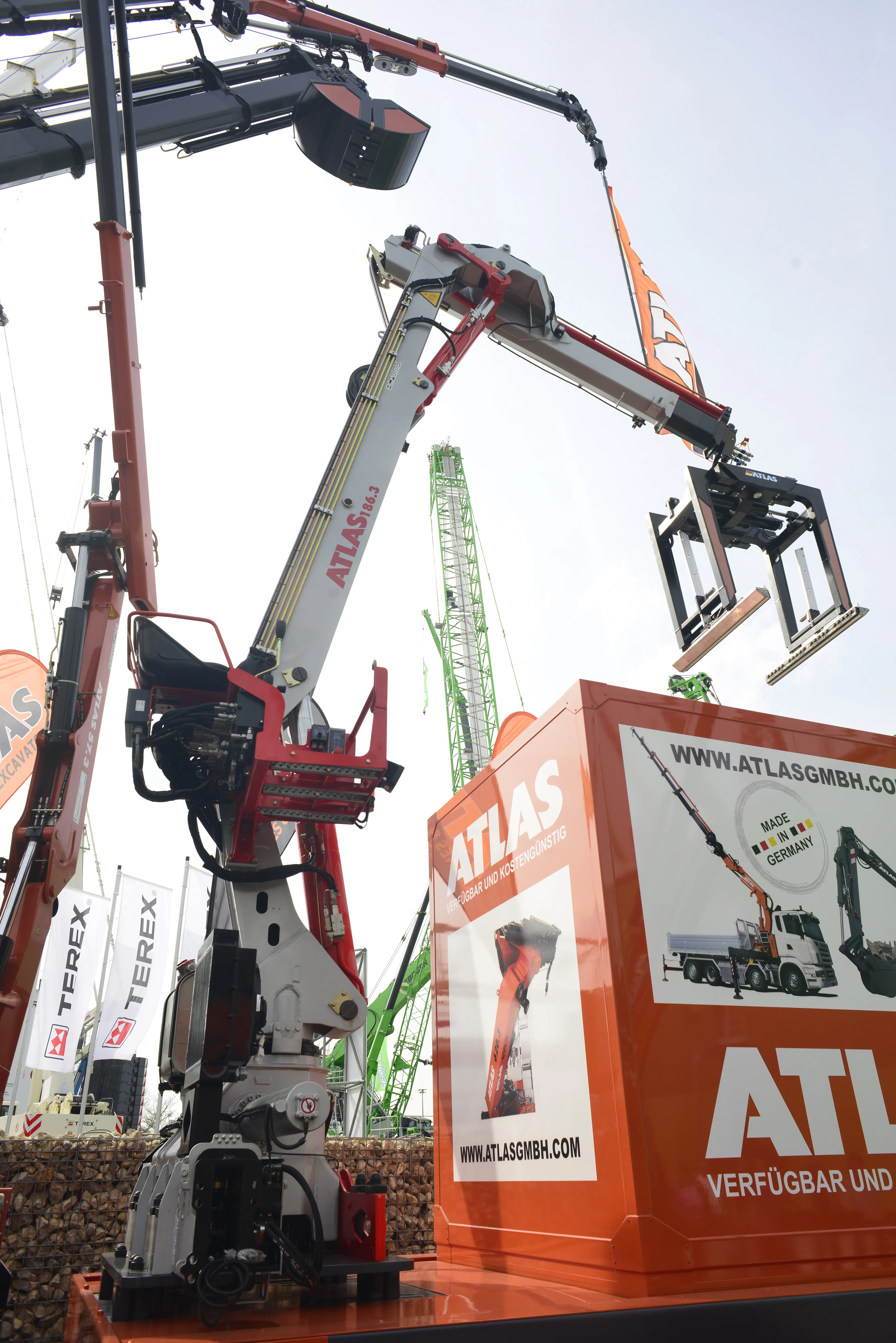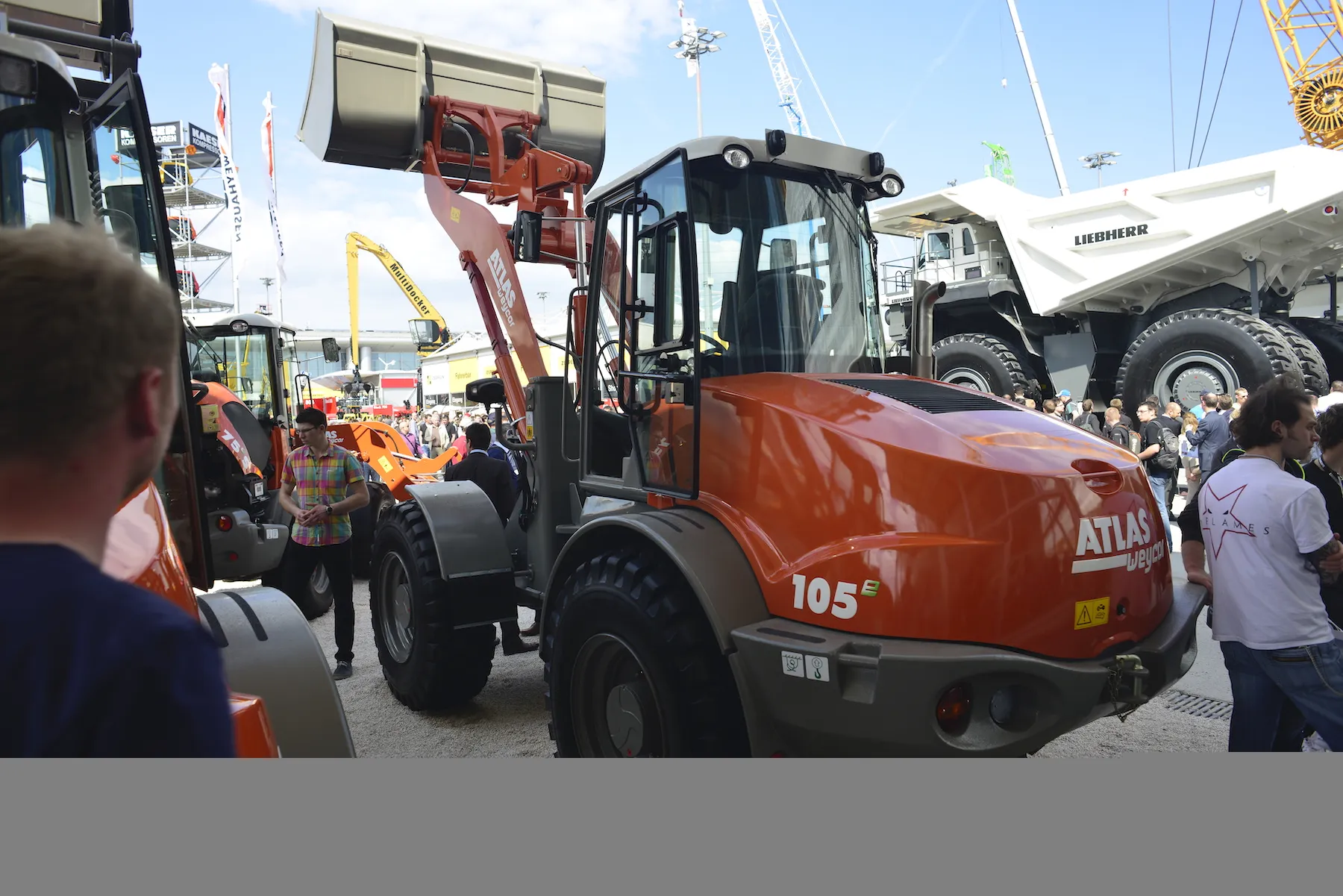Atlas Copco is launching the new HB 4100 hydraulic breaker, which is lighter than its predecessor but offers better performance and higher efficiency.
January 6, 2017
Read time: 2 mins

This breaker is 130 kg lighter and its service weight of 4,100kg enables use of smaller carriers of 40tonnes to 70tonnes.
"Both in terms of performance and efficiency, the improvement in comparison to the predecessor model is considerable," said product line manager for hydraulic breakers Gordon Hambac. "We were able to achieve increases in the double-digit percentage range."
Being able to use a smaller excavator saves investment and operating costs, he added. "The follow-up costs of an investment in a hydraulic breaker are many times greater than the pure acquisition costs,” he said.
The guide system of the hydraulic breaker has also been changed in order to make it more stable and resilient. "Hydraulic breakers are ultimately subjected to use under the most extreme conditions," said Hambach. "A new covering for the retaining bar offers more protection, especially in the lower part of the hydraulic breaker which has to take a lot of wear and tear. We have also reinforced the service window and the recesses for the lateral swivel threaded connections. There is also circumferential wear protection, which has proven its worth with all heavy hydraulic breakers from Atlas Copco."
%$Linker:
Hall: 5B Stand: F027 / F015
%$Linker:







